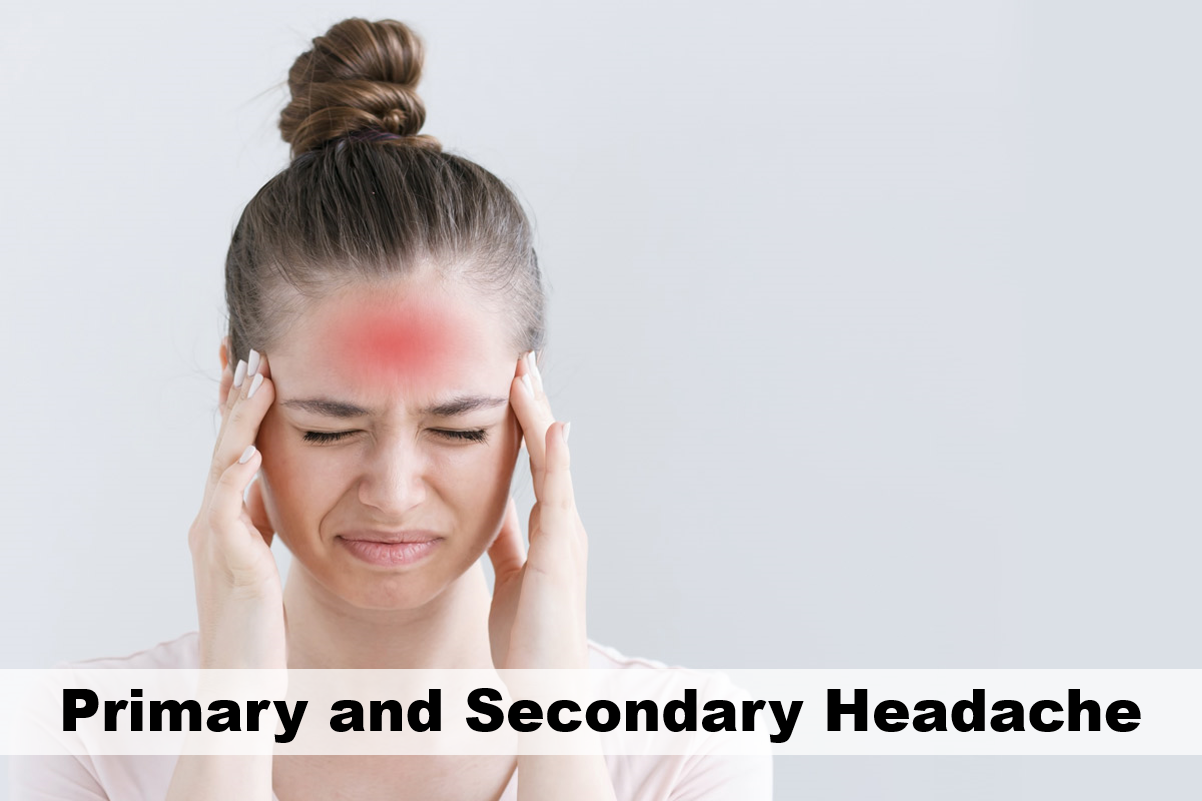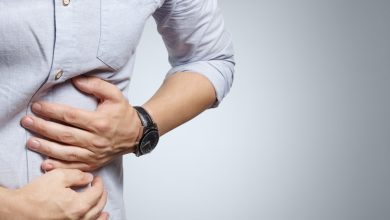What is Osteoarthritis?

What is Osteoarthritis
Osteoarthritis (OA) is a degenerative (damaging) joint disease that mainly affects the joint cartilage, as well as the ligaments (ligaments) and the underlying bone. The deterioration in these structures causes pain and limitation in joint movements over time. While it was previously considered as a natural consequence of aging, it is thought to be formed by the interaction of many factors such as joint structure, genetics, mechanical forces and other intra-knee ligament damage.
Frequency and Risk Factors
Osteoarthritis is the most common joint disease. It is one of the ten most common diseases that cause disability in developing countries. It is associated with aging and starts after the age of 40. Osteoarthritis in the joints, especially the knees and hands, is more common and severe in women. Women are particularly at risk after menopause. There are studies showing that hormones have a positive effect on cartilage tissue. Painful joints are often sensitive to weather conditions.
As before the rain, decreases in temperature and atmospheric pressure can increase the severity of the pain of the patients as they decrease the pain threshold of the person. This explains how people with osteoarthritis predict rainfall and why joint pain is linked to moisture.
- Osteoarthritis, especially those over the age of 60
- Overweight
- Those with joint disease
- Those who suffer injuries that affect the joint
- Surgical interventions for insertion
- Those with congenital joint diseases
- The risk of osteoarthritis (joint calcification) is higher in those who professionally strain their joints excessively and for a long time.

Symptoms
Some of the most common symptoms associated with osteoarthritis are:
- Pain and stiffness or stiffness in one or both joints,
- Creaking sound from the joint during movement,
- Joint enlargement, deformation,
- In some cases, swelling,
- These complaints occur gradually and worsen with the use of the joint.
Although osteoarthritis can develop in any joint, it is known that some joints are more prone to be affected by the disease. The joints most affected by osteoarthritis are the neck, waist, hips, fingers, knees, and toes.
Diagnosis
The diagnosis of osteoarthritis is made based on clinical and radiological findings. The history of the person with symptoms suggestive of osteoarthritis is taken by the specialist physician, the musculoskeletal system is examined, radiological examination of the problematic joint and the necessary laboratory tests are performed to determine whether the joint problem is due to osteoarthritis or another cause. If a definitive diagnosis cannot be made with these examinations, or if there is a suspicion of the presence of other accompanying problems in your joint besides osteoarthritis, further examinations may be required. For example; Magnetic Resonance Imaging (MRI) or Nuclear Medicine examinations can be applied.
Treatment
The aim of osteoarthritis treatment is to reduce symptoms, prevent the development of disability and increase the quality of life. OA treatment should be tailored to the individual’s needs and lifestyle. Treatment starts with making changes in daily life to protect the joints. Exercise is important. Losing weight will help the treatment as it will reduce the load on the joints. Hot or cold applications, oral and / or locally applied drugs and various Physical Medicine and Rehabilitation (FTR) methods can be applied to reduce pain. Spa treatment can be an option for pain relief. If these treatments do not result, injections or surgical approaches to the joints will help relieve pain and maintain daily life.
To protect your joints:
- Try to stand up straight. An upright posture protects the neck, waist, hip and knee joints.
- Adjust the bench heights so that you do not have to lean forward.
- The low chair causes excessive strain on the knee and hip while sitting and rising.
- Choose high chairs with armrests.
- Remove the pain from the ground by holding it close to your body.
- When taking anything off the floor, bend your knees and bend down.




